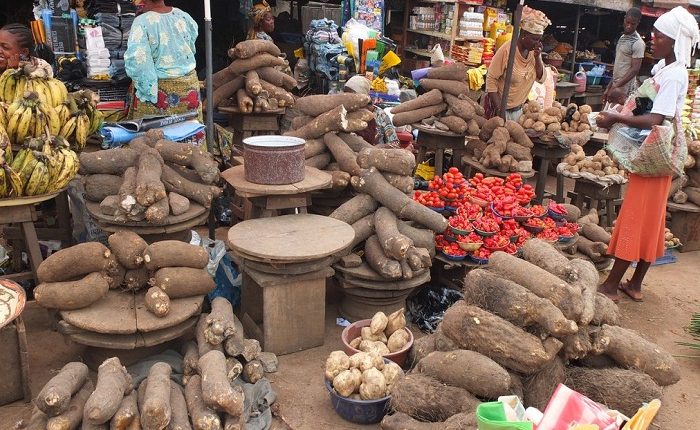Foundation Advocates Regulatory Intervention For Fair Food Pricing
The Consumers International and Consumer Advocacy and Empowerment Foundation (CADEF) has stressed the need for regulatory intervention to ensure fair pricing in food markets.
The Foundation made the call in a report signed by Prof. Chiso Okafor, its Executive Director on Tuesday in Lagos.
The report was on a research that spanned six geo-political zones and focused on fluctuations in the prices of yam, garri, rice, beans, chicken, maize and groundnut oil between the months of November and December, 2023.
Okafor noted that the findings underscored the urgent need for authorities to investigate and address any unfair practices that may be contributing to the burden on consumers and farmers.
“Stakeholders are encouraged to commit to a call for action. Collaborate with farmers and distributors (market associations, farmers associations, security agencies) to address farmgate and retail concerns.
“There is need to enhance market transparency and information sharing for pricing stability. Engage in discussions to address systemic issues within the food supply chain,” she said.
Okafor stressed the need for government to address the threat of unfair food prices, including strengthening competition, tackling monopolies, addressing multiple taxation and supporting subsidies for farmers.
The report stated that an earlier research in August 2023 by the organisation revealed a substantial rise in retail/consumer prices compared to wholesale/market prices for essential food items.
The report said Davine Minayo, Specialist in Fair Food Prices in Africa at Consumers International, emphasised the importance of data-driven decision-making to address market imbalances.
Minayo said recent research indicated a continued acceleration of retail prices compared to wholesale prices, particularly for beans, yam, rice, chicken and maize.
She noted that as a result of the acceleration, a call for a thorough investigation by national authorities have been made, especially to the markets concerned.
“Commodity analysis insights for November and December brought forth noteworthy shifts in the percentage changes across the value chain for key commodities such as beans, chicken, maize and yam.
“These fluctuations serve as a lens through which we can examine the intricate interplay of market forces, presenting opportunities and challenges alike.
“At the farmgate level compared to the retail level, in November, beans, chicken and maize took the spotlight with substantial percentage changes of 127.29 per cent, 176.16 and 134.07 per cent respectively.
“Beans retained prominence, albeit with a reduced percentage change of 97.84, while chicken and maize experienced shifts to 41.10 and 111.45 percent respectively,” Minayo said.
Minayo said yam emerged as a contender in December, securing a notable percentage change of 87.34 percent.
According to the specialist, understanding the factors driving these fluctuations is crucial for market analysis and decision-making.
She said the fluctuations underscored the volatility within the retail sector, where the slightest changes could have palpable impacts on consumer accessibility and affordability.
“Stakeholders are advised to closely monitor these trends, engage in ongoing analysis, and remain adaptable to the evolving dynamics of the commodity market,” she said.
NAN/Oyenike Oyeniyi


Comments are closed.